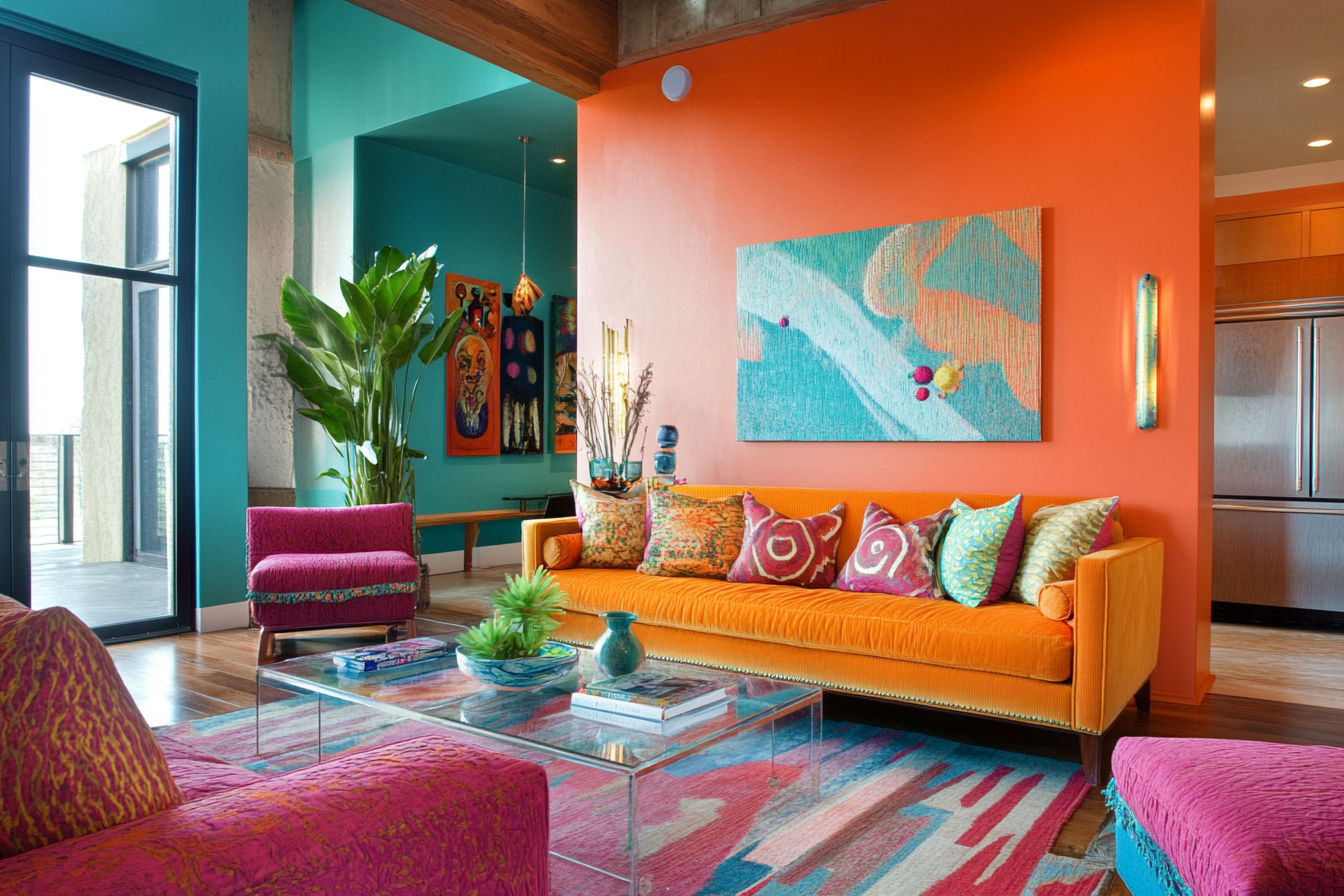Colors play a vital role in making our space uniquely ours, evoking emotions and changing the atmosphere. Interior designers are well aware of this fact. Hence, they often use an analogous color scheme combining a dominant color with a supporting one, adding a vibrant mix. In this blog, we'll share five benefits of analogous colors for your home. Don't worry; you need not be an interior designer to understand, but after reading this blog, you might think like one.

-
Psychological Effects
Have you ever noticed how specific colors are assigned meaning and can reveal emotions? For instance, the devil or evil omens are commonly depicted in red. It’s also tied to love, like red roses and Valentine's hearts, because red stirs passion and intense emotion. Let's take another example. Yellow is perceived as a color of cheerfulness by our brains. Smiley balls and stickers are often yellow. Every color affects our brain differently, naturally triggering various emotions throughout the day.
-
Calm and Soothing Environment
The analogous color palette draws heavy inspiration from nature, creating soothing and harmonious environments. For instance, combining blue and green evokes images of the vast sky and vibrant flora. The calming blue is often associated with feelings of safety and comfort, while the green brings an organic, earthy aspect that connects us to the natural world. These analogous color combinations are particularly well-suited for family homes, as they create an inviting atmosphere and a nurturing space for children.
-
Flexible and Versatile Options
Analogous colors are formed by selecting three hues that sit next to each other on the color wheel. This combination offers incredible versatility and various design options. It has the ideal combination for every corner of your home, from cozy living rooms to vibrant kitchens and tranquil bedrooms. It allows for various themes that can be tailored to individual tastes. Ultimately, analogous colors encompass a broad range of design possibilities, making them suitable for an array of interior styles.
-
Easy to Understand and Apply
You need not be formally educated in interior design or have to study intensively to apply the analogous color scheme to your home. Its uncomplicated nature makes it ideal for unique modifications and adjustments that reflect your unique style. With just a bit of effort and creativity, you can transform your living space into no less than heaven, effortlessly achieving a professional look that impresses guests and makes you feel right at home.
-
Cost Efficient
Who doesn't wish their homes to be as sophisticated and elegant looking as those shown in the movies? There's no reason you can't achieve that cinematic elegance in your current space. Here's when the smart ones make use of the analogous color palette. With just the use of 3 hues, you create a distinct number of combinations. This approach looks stunning and saves a considerable amount of money, allowing you to invest in home appliances or home decor without overspending.
As promised, this single blog covers all about analogous colors in easy language that anyone can understand and try for themselves. But before you go, here's a little reward for making it to the end. Some of the most preferred analogous color combinations are yellow-orange, yellow-blue, violet-purple, yellow-green, yellow-red, and violet-purple. With that, you are all set. Happy painting!
